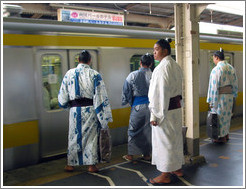
|
Japan |
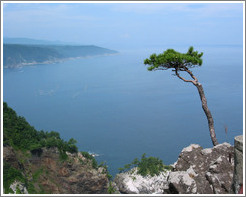
|
|
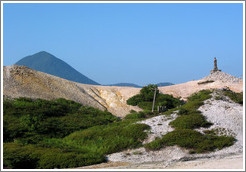
|

|
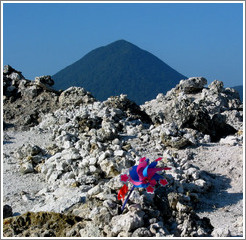
|
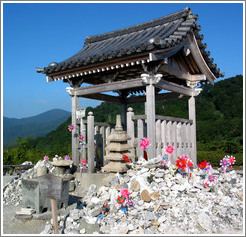
|
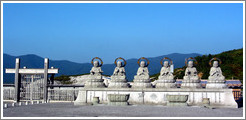
|
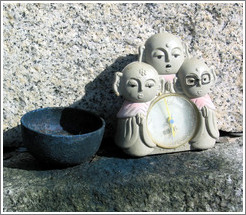
|
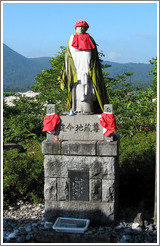
|
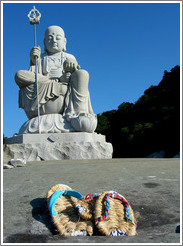
|
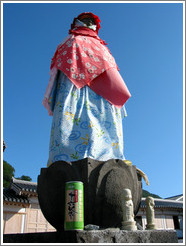
|

|
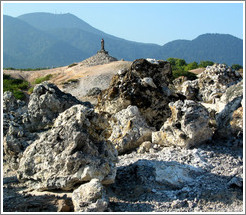
|
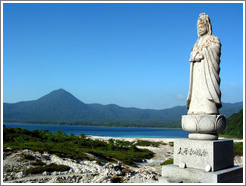
|
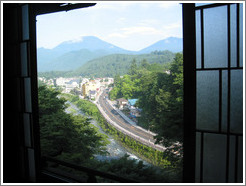
|
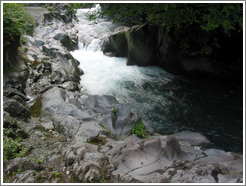
|
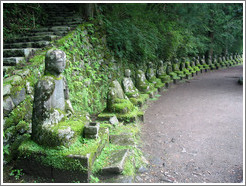
|
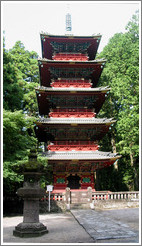
|
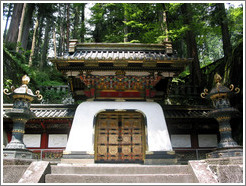
|

|
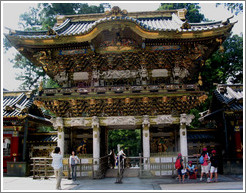
|

|
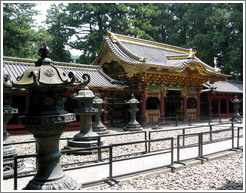
|

|
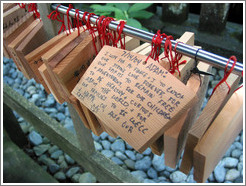
|
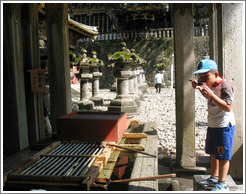
|
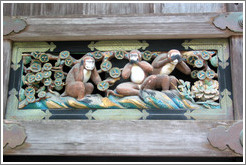
|

|
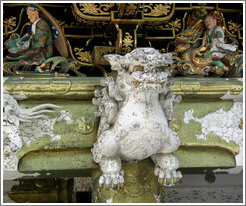
|
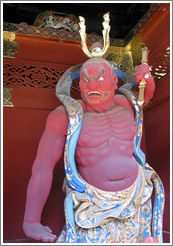
|

|
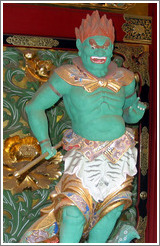
|
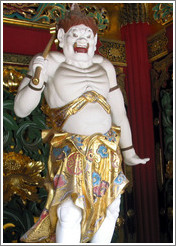
|
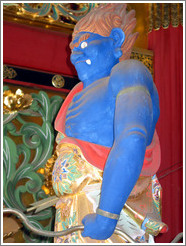
|

|
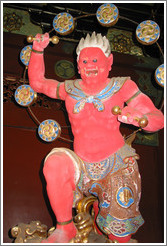
|
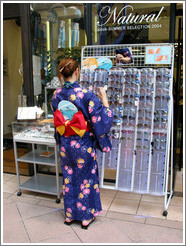
|
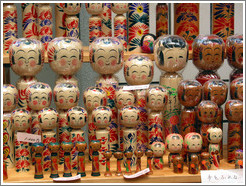
|
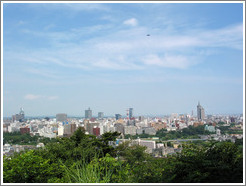
|
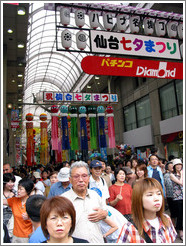
|
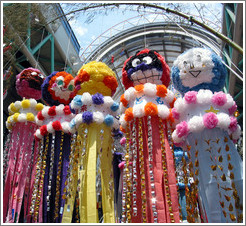
|
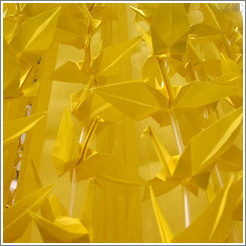
|
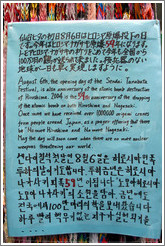
|
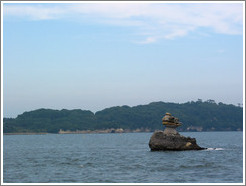
|
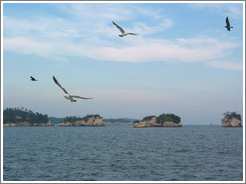
|
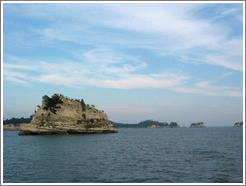
|
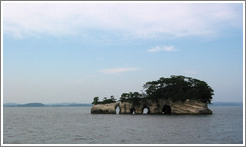
|
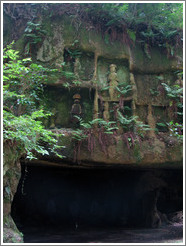
|
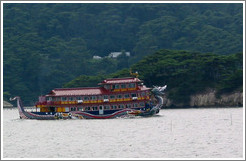
|
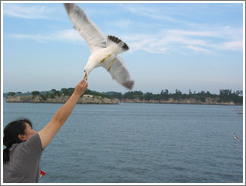
|
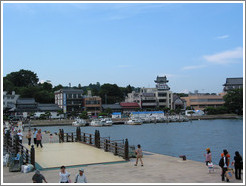
|
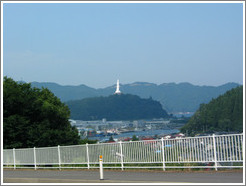
|
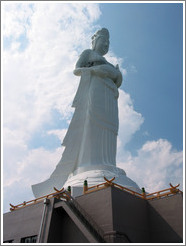
|
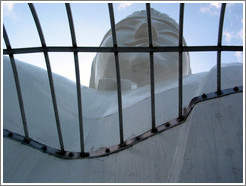
|
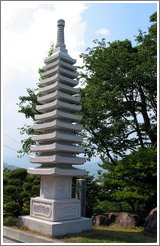
|
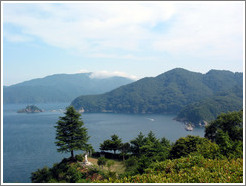
|
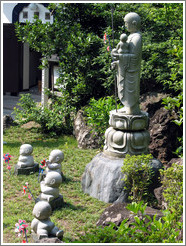
|
Asahikawa
In the town of Asahikawa, you can find the Hokkaido Fold Arts and Crafts Village which includes three museums: Dyeing and Weaving Museum, Yukara Ori Folk Craft Museum, and Snow Crystals Museum. Well, you can find them if (a) you understand kanji, or (b) you're very persistent about asking strangers for directions to this hard-to-find place in the outskirts of town. But it's well worth the effort.

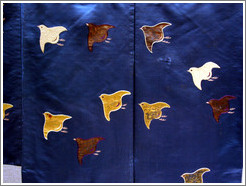
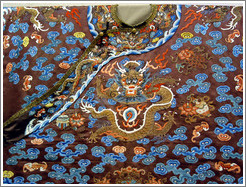
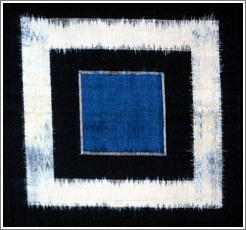
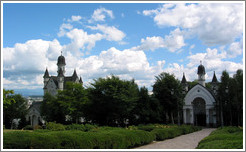
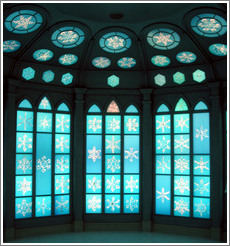
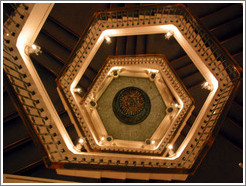
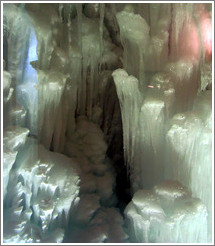
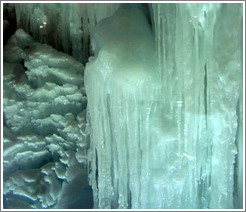

Hakodate
Hakodate, at the southwest corner of Hokkaido, has a distinctly European feel. Opened as an international port in 1854, traders came from all over Europe and Russia, lending the city an architectural style and openness toward outsiders that remain to this day. Hakodate even has an old cemetery for foreigners.
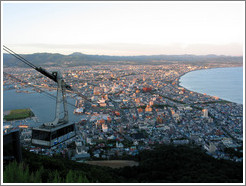
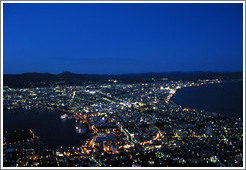
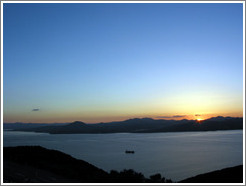


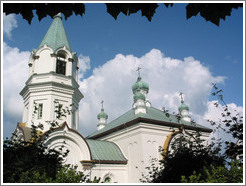
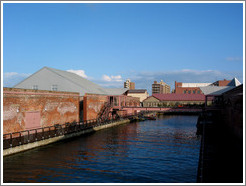
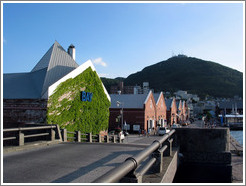
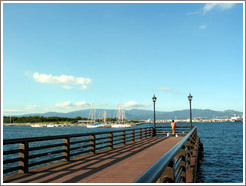
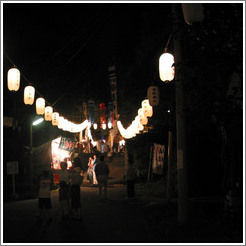
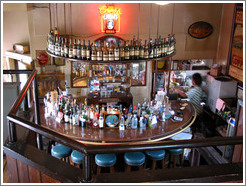
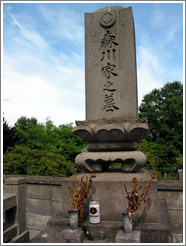
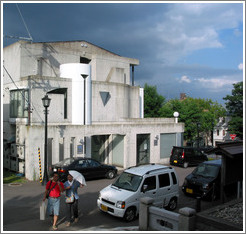
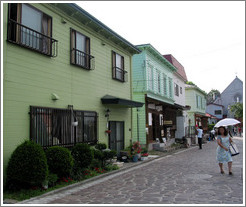
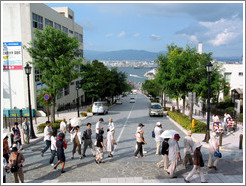
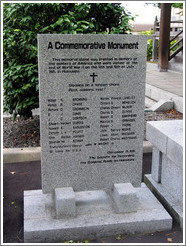
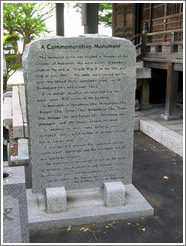
Memorials recognize both Japanese and American war victims in Hakodate. 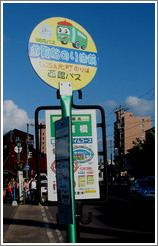
More European (French) influence?
Sapporo
Sapporo, home of the famous (and quite good, might I add) Sapporo Beer, is typically a winter destination, with its ice sculptures and access to ski areas, but this capital city (pop. 1.8 million) of Hokkaido is also a lively place to visit in the summer.
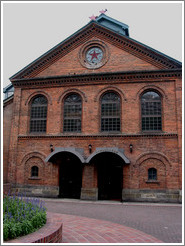
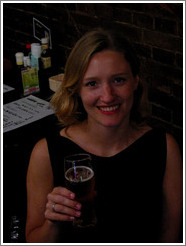
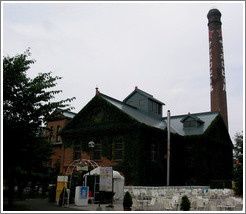
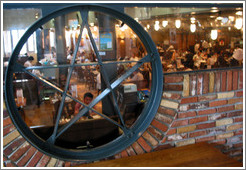
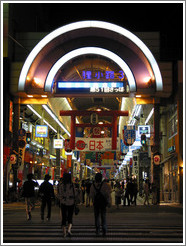
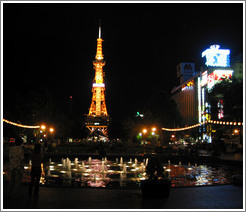
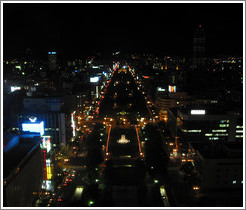
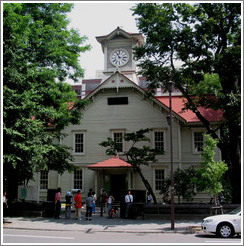
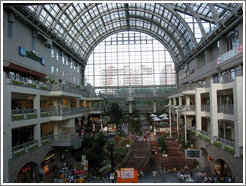
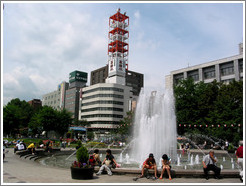
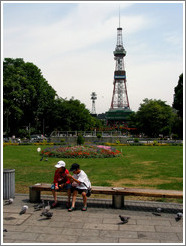
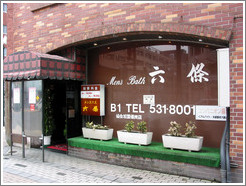
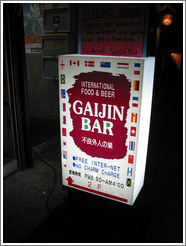
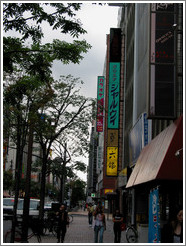
Looking for an explanation of "charm charge" and "soap"....
Daisetsuzan National Park
Japan's largest national park, with mountains and gorges and onsen (steaming natural hot baths).
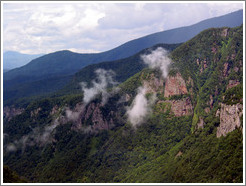
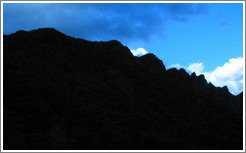

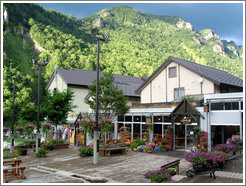
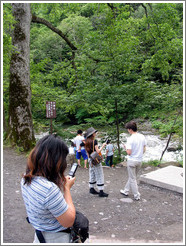
Shikotsu Toyo National Park
Like many of the rest of Japan's national parks, Shikotsu Toyo contains the requisite breathtaking mountains and volcanic lakes, but the most interesting part of this park is the Nishiyama Crater Promenade where you can see damage from volcanic eruptions that took place in 1972 and 2000.
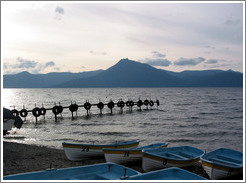
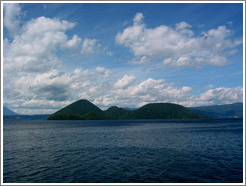
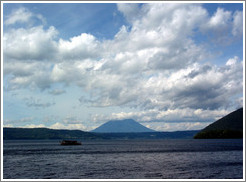
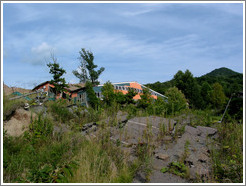
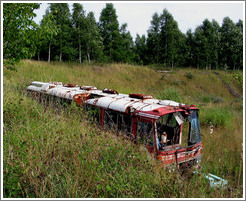
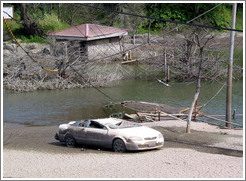
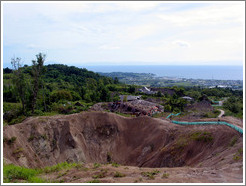
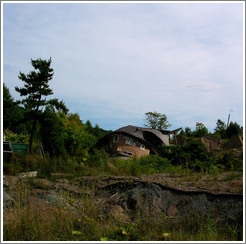
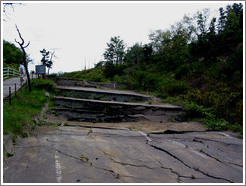
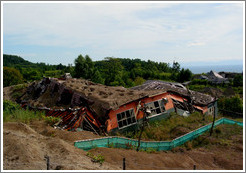
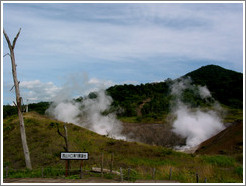
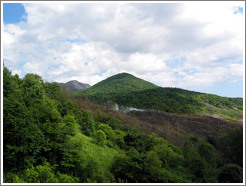
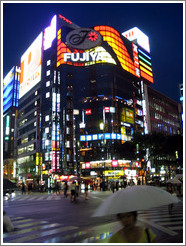
|

|
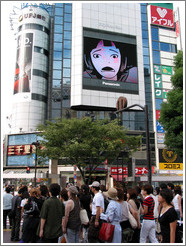
|
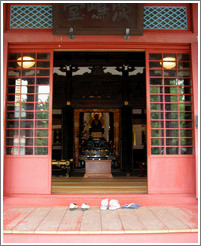
|
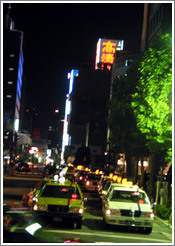
|
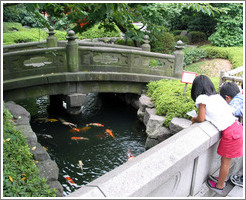
|
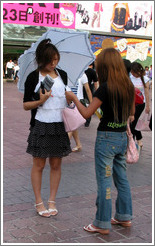
|
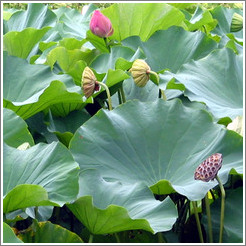
|
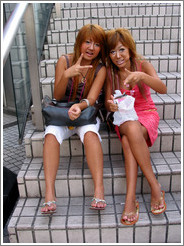
|
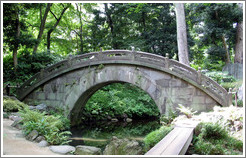
|

|
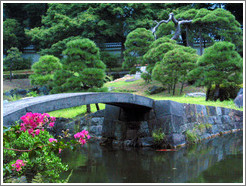
|
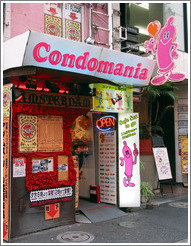
|
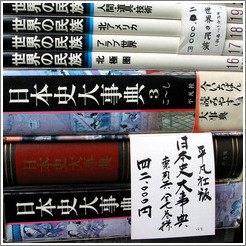
|
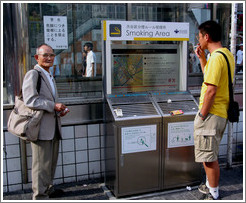
|
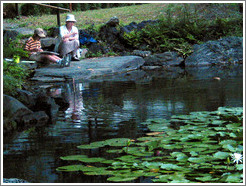
|
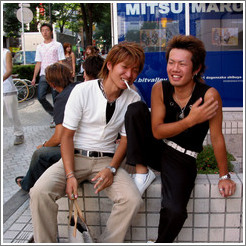
|
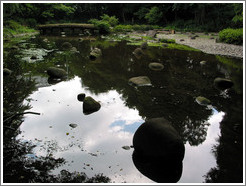
|
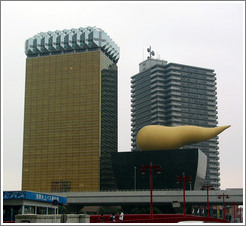
|
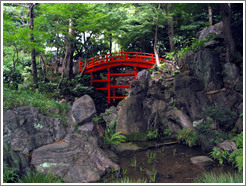
|
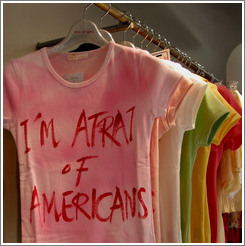
|
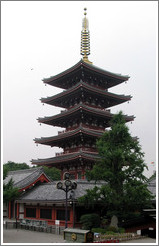
|
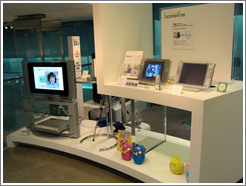
|
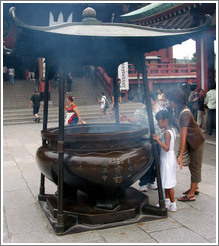
|
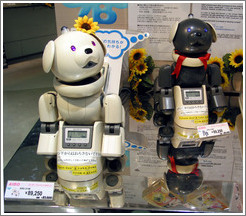
|
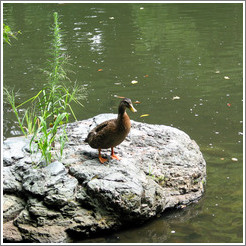
|
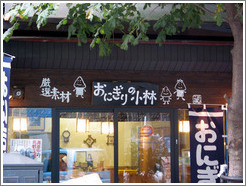
|
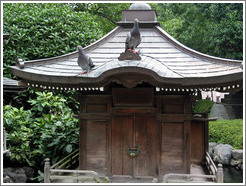
|

|
In this women's toilet, typical in rural areas of Japan (and also some urban areas), the user faces the plumbing and squats. | |
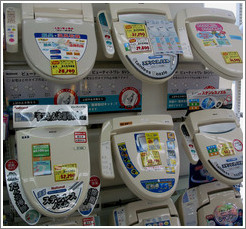
|
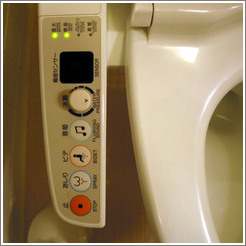
|
These have some interesting features. In addition to washing and drying the sitter, this toilet will also mask embarrassing noises by making a flushing sound with simply the press of a button. |
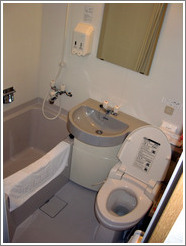
|
An easy-to-clean bathroom (just hose down the entire thing). | |
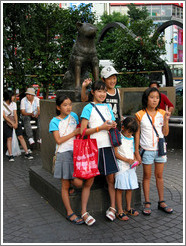
|
Hachiko, a white Akita, was born in Odate, Japan, in 1923. For the first year of his life, he accompanied his owner, an old man, to the train station every morning. Each evening, Hachiko was there waiting for the old man when he got off the train. One day at work, the old man died, and Hachiko continued to patiently wait for him at the train station each evening until his own death, 9 years later. During those 9 years, people came from all over to visit, feed, and pet Hachiko. In honor of this faithful dog, a statue of Hachiko has been at the Shibuya train station since 1934, and it is now one of Tokyo's most popular meeting places. | |
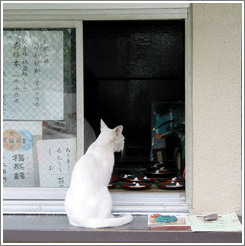
|
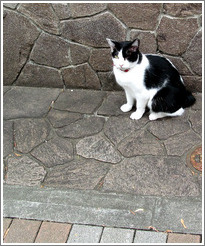
|
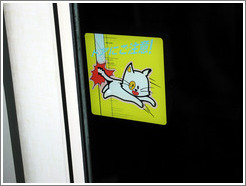
|
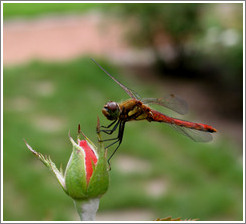
|
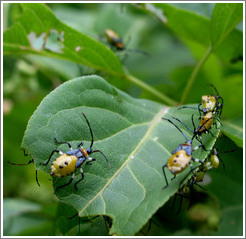
|
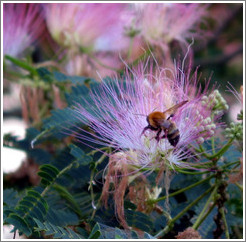
|
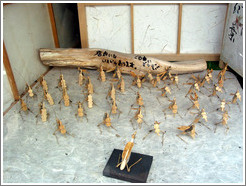
|
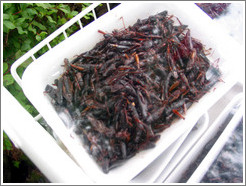
|
|
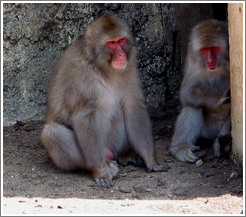
|
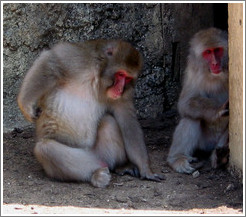
|
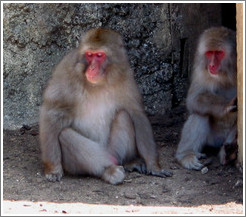
|
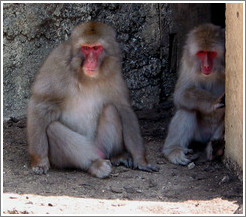
|
||
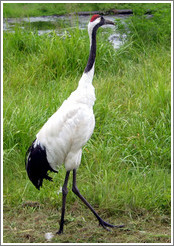
|
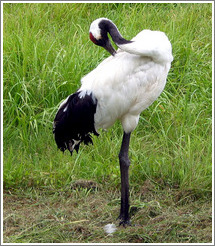
|
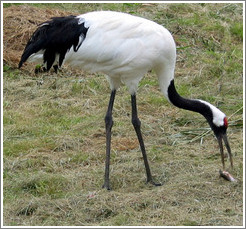
|

|
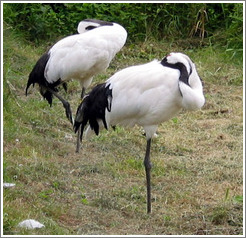
|
|
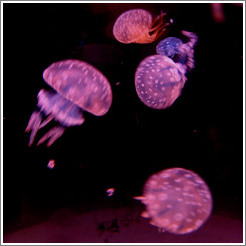
|
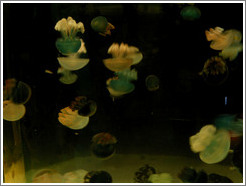
|
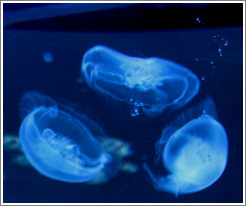
|

|
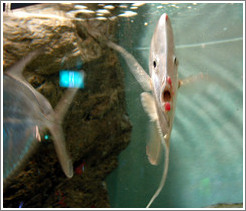
|
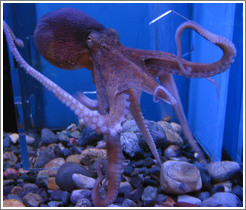
|

|
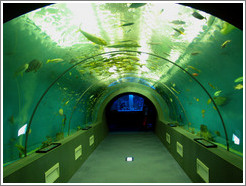
|
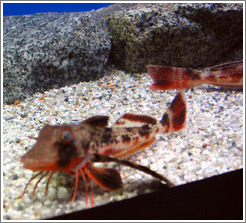
|
|
Types of places I stayed while in Japan:
I think the only type of accommodation I missed is the Love Hotel, where you can rent a room for a few hours or overnight. Although this may seem low-class, love hotels are often used by married couples who still live with their parents and wish to get away. |
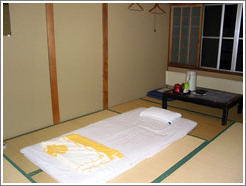
|
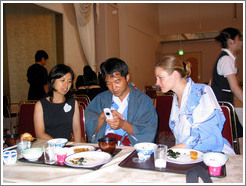
|
|
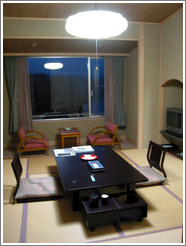
|
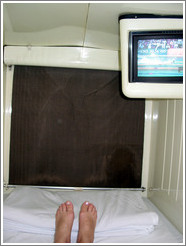
|
I stayed at Capsule Hotel Fontaine Akasaka one night just to experience this unique form of Japanese accommodation. It was perfectly comfortable, the other guests (women only on my floor) seemed like nice, normal people, and more than anything else, it reminded me of being a university student living in the dorms again.
I paid for the night's stay using a vending machine (the Japanese sure do love vending machines). It cost ¥4500, or about $40. After buying my ticket, an attendant gave me a locker key and a bag containing pyjamas, towel, and washcloths. I had to lock up my shoes at the entrance; the floor was not to be sullied. There were about 30 capsules, each containing a television, radio, alarm clock, and reading light. About half the guests chose to sleep in their capsules; the others sprawled out in the two large lounge areas, complete with couches, comfy chairs, and a big-screen TV (this indiscriminate sprawling is what most reminded me of dorm life!). The shared bathroom (including sauna) was complete with everything an unprepared traveler could need: not just the basics like soap and shampoo, but hair brushes (sterilized), toothbrushes and toothpaste, hairspray, moisturizers, Q-tips, coffee, ....
The drawbacks: |
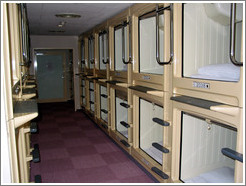
|
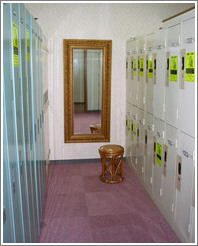
|
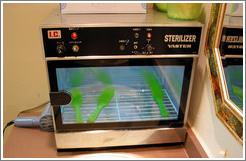
|
|
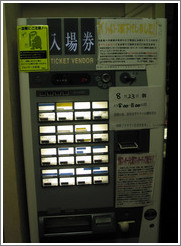
|
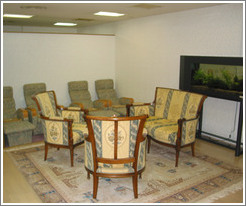
|
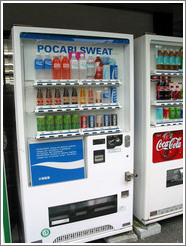
|
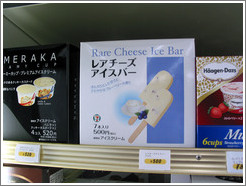
|
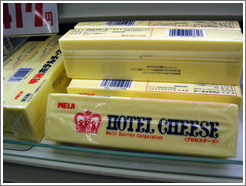
|
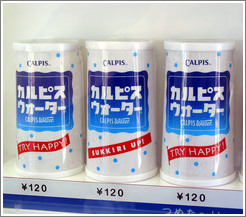
|
||
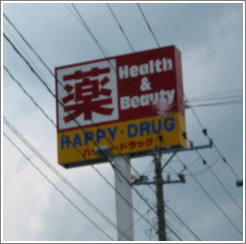
|
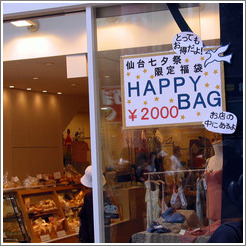
|
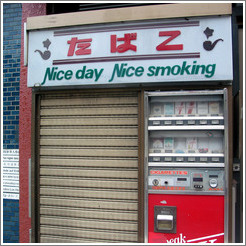
|
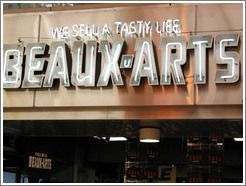
|
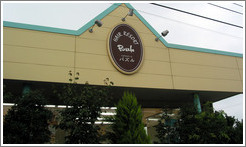
|
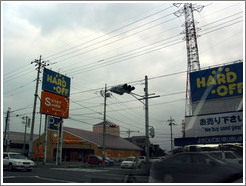
|

|
Living the high life
I'm not an authority on bars or brothels, but I'd say that a "charm charge" is a cover charge and that the "Soap Sharuwei" sign is for a Soapland, the soapy Japanese brothels. Here's a review of that particular (chain of?) Soapland with creepy methodical entries like "Was there a kiss? No." and "Were sanitary implements used? Yes."
-- Max Pinton
nice photos!
But too much to take in in one hit, and the page is a bit slow to load even with my (admittedly low-speed) ADSL connection - I hate to think of the poor modem users.I suggest breaking it up, with a separate page for each area. (This is better for attracting visitors from search engines, too.)
-- Danny Yee
Great pictures! You really captured the essence of Japan. I lived in Misawa 2 years while in the service and really enjoyed the culture and people. I love your shots of the English language signs and of the vending machines. Thanks for sharing.
-- Craig Barnabee
Hello, I enjoyed your pictures. I was now 2 times in Japan and I hope to start living there from beginning of April 2005. I made some pictures too and they are to find in my weblog from july 2004 and january 2005 in the archives of www.zapguz.dse.nl some slideshows you will find at www.zapguz.nl
Image: DSC02591 (Medium).JPG
-- guus veldhuis
Very nice
I am about to go to Japan and your website somewhat gave me an idea of what to expect. Your hotel information was very useful. Thank you for sharing.
-- Benny Nguyen
Interesting!
Hey, I was there in Daisetsuzan National Park on August 15-16, 2004 too! http://www.galant-ho.com/summer04/japan-daisetsuzan/index.htm
I love your photos and writeups; very interesting! :)
-- Galant Ho
what a wonderful wonderful website ;)
-- Daniel Nerezov
Small, small world.
Hey Eve,I was just surfin' for Tokyo capsule hotel recommendations, and stumbled across your site. Eve Andersson... now that name sounds terribly familiar. It couldn't be my childhood friend Hedy's older sister (the one whose senior yearbook quote was a graphing calculator equation that, legend has it, when entered produces a happy face)?
So it is.
And now, on your albeit mixed recommendation, I am heading to the Fontaine Akasaka on my final night in Japan (the Park Hyatt ran out of rooms).
Thanks, Eve!
Oh, and great site, amazing photos and happy travels! You seem to know exactly how it's done.
Take care,
Ann Dornfeld
-- Ann Dornfeld
Great Pictures
What wonderful pictures of Japan. I've been to most of these places, and your pictures do them justice.
-- Marshall Minami
Bruce barrett
The quality of the photographs is superb. Subject matter, balance and composition are excellent. I also enjoyed the photographs just for enjoyments sake. A delightful comment of Japan and its peoples. Well done and thankyou for the enlightenment.
-- Bruce Barrett
Absolutely fantastic place, and your pictures are awesome! Thank you for sharing. Rgds...Ellen
Image: westcoast beaches 005.jpg
-- ellen Ganley
Sugoi!
I lived in Japan for 6 years + and I don't think I managed to cover as much ground as you did...and I know for a fact I didn't get photos that could match yours. Is there anything you're NOT good at, Eve? Nanka, chotto mukatsuku...
-- T. Yamato